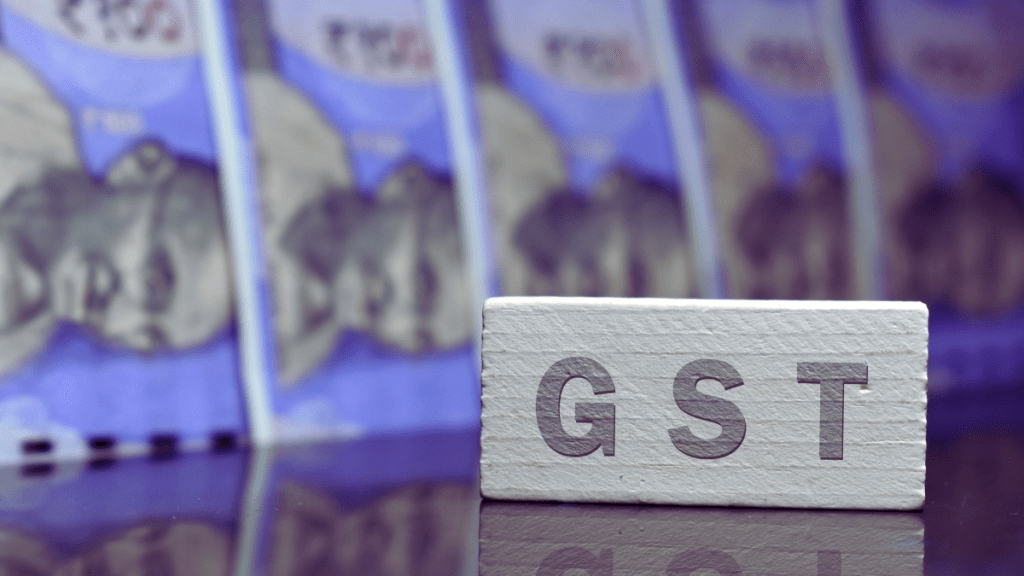Reports suggest a rise in enquiries with car manufacturers, and more footfalls in consumer durables stores, with the roll-out of the next-generation goods and services tax reforms (GST 2.0) on Monday. At the same time, kirana stores across the country would rather wait till the current inventories with old price tags are disposed of, and new stocks arrive, to pass on the benefits of tax cuts to the consumers. On their part, e-commerce platforms are gearing up to match the consumer frenzy caused by the tax relief, and the festive fervour. Though there have been multiple rounds of GST rate cuts after the pan-India destination-based consumption tax was launched in July 2017, including a major one as early as in November of that year, consumers haven’t been convinced that the benefits indeed reached them in due measure. This time around, the tax cuts have been sharper and far more broad-based, with the structural reforms unleashed. Items accounting for a third of an average consumer’s monthly consumption expenditure have seen tax reduction. Also, the government has been more vocal about the consumption boost from lower GST rates, and its potential wholesome impact on aggregate demand and job creation.
Factors Determining GST 2.0 Impact
The actual efficacy of the reforms will, however, hinge on a host of factors, and will be fully known only after the initial euphoria is over. By January-February, input tax refunds for initial sales under the new regime will largely take place. The short-term revenue impact will be known by then, and it will serve as a proxy of the immediate consumption effect, which may also reflect in the December quarter GDP. That said, consumer decisions are not just a function of prices, but also that of a variety of factors such as current household income profile, income expectations, and indebtedness. The current situation on these counts is not very helpful.
Price Dynamics and Consumer Behaviour
Needless to say, prices themselves are not just a function of taxes, but input and capital costs, demand-supply, seasonal sales management, and more. To be sure, while the GST overhaul has nearly tripled the categories of items taxed at 5% to around 150, a large section of them are everyday-use items where price elasticity of demand is relatively low. However, any rise in households’ disposable income due to the combined effect of GST cuts and income-tax relief may over the next few months push consumption of items in the 18% and 40% tax brackets, such as automobiles, white goods, and building materials, causing demand and hence the tax base to rise.
A key determinant of the size of the consumption booster will be the availability or lack of input tax credits for items and services at the nil or 5% tax slabs. Another crucial factor will be the extent of encouragement it will offer to micro, small, and medium enterprises to join the formal supply streams. The emergence of the 40% tax slab and the possibility of additional tax measures for sin and demerit goods in lieu of the compensation cess practically imply the permanency of extra impost that marked the GST system. In a way, it exposes the inadequacy of the current set of reforms to bolster revenue productivity. The latest set of reforms is necessary, but not sufficient for the completion of this process. In fact, even a foolproof indirect system will still leave much to be desired from policymakers to reinforce the economy’s growth potency.

